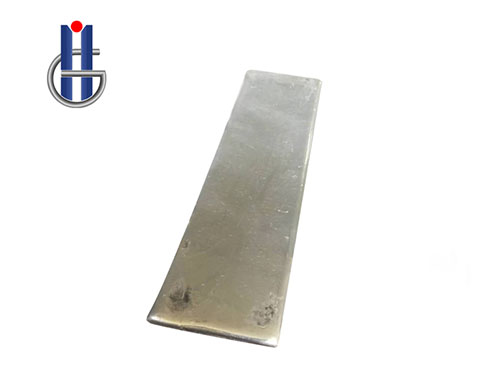soldered connections is a fabrication process that involves joining two or more pieces of metal or thermoplastic materials by melting them at their interface and then allowing them to cool and solidify, creating a strong and permanent connection. The connection created by welding is known as a "welded joint." There are various types of welding methods, each with its own specific techniques and applications. Some common types of welding connections include:
Arc Welding: This is a welding process that uses an electric arc to melt the materials being joined. Arc welding methods include Shielded Metal Arc Welding (SMAW), Gas Metal Arc Welding (GMAW or MIG), and Gas Tungsten Arc Welding (GTAW or TIG), among others. Arc welding is widely used in construction, automotive, and manufacturing industries.
Resistance Welding: Resistance welding uses the resistance generated by passing an electric current through the materials to be joined to melt and fuse them together. Types of resistance welding include spot welding, seam welding, and projection welding. This method is often used in automotive manufacturing and sheet metal fabrication.
Gas Welding: Gas welding employs the combustion of fuel gases and oxygen to generate a flame that melts the materials. Oxy-fuel welding is a common form of gas welding and is used in metalworking and repair work.
Friction Welding: Friction welding involves rotating one component against the other while applying pressure to generate heat and join the materials together. It is commonly used for connecting similar or dissimilar metals and is often seen in aerospace and automotive applications.
Laser Welding: Laser welding utilizes a high-powered laser beam to melt the materials. It is a precise and high-energy welding process used in applications where precision and minimal heat-affected zones are essential, such as medical device manufacturing and microelectronics.
Ultrasonic Welding: Ultrasonic welding applies high-frequency ultrasonic vibrations to join thermoplastic materials. It is used in the assembly of electronic components, medical devices, and packaging materials.
Electron Beam Welding: Electron beam welding uses a focused beam of high-velocity electrons to melt the materials. It is a high-precision process used in aerospace and other industries for critical applications.
Induction Welding: Induction welding uses electromagnetic induction to generate heat in the materials being joined. It is often used for joining tubes and pipes in industries like oil and gas.
Welding connections are valued for their strength and integrity, as the joined materials become one continuous piece. Welding is widely employed in a variety of industries, including construction, manufacturing, aerospace, automotive, and many others. The choice of welding method depends on the materials being joined, the application's requirements, and factors like the desired strength, speed, and precision of the welding process. Proper training, safety precautions, and quality control are essential in welding to ensure the integrity of the welded connections.



 High Purity Tin Ingot: Crucial Applications and Benefits
High Purity Tin Ingot: Crucial Applications and Benefits
 Pure Tin Ingot: Essential Material for Diverse Industrial Applications
Pure Tin Ingot: Essential Material for Diverse Industrial Applications
 Unlocking the Potential of Pure Tin Bars: Essential Components for Diverse Industries
Unlocking the Potential of Pure Tin Bars: Essential Components for Diverse Industries
 Lead Bar for Sale: Uses, Specifications, and Buying Considerations
Lead Bar for Sale: Uses, Specifications, and Buying Considerations